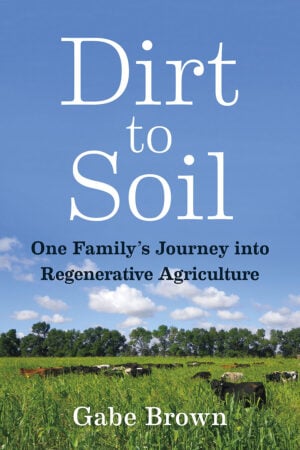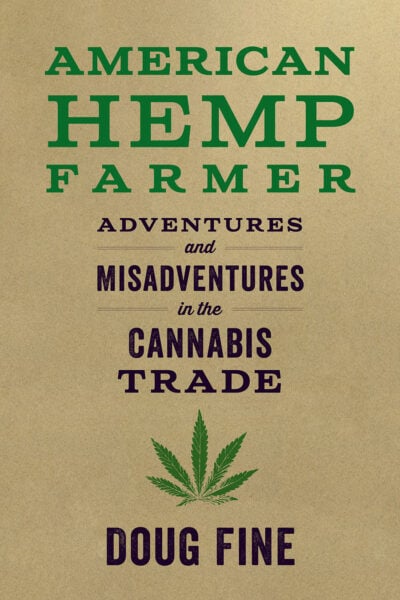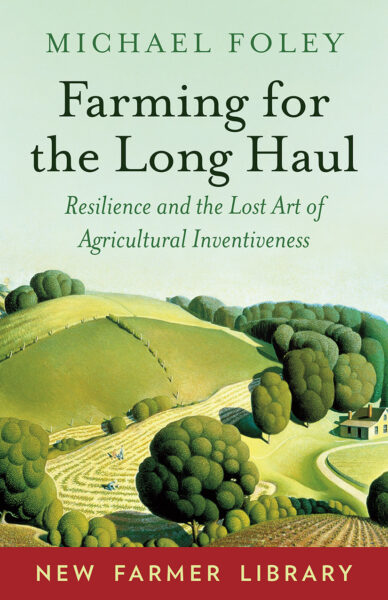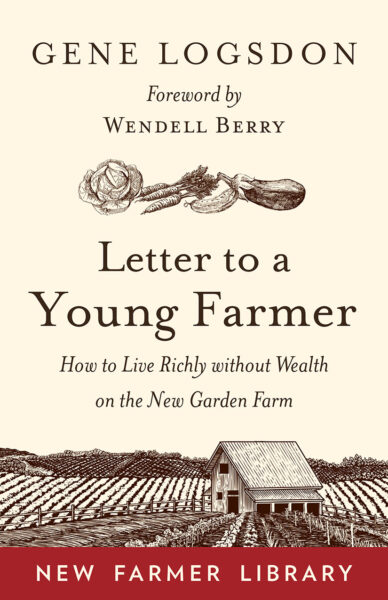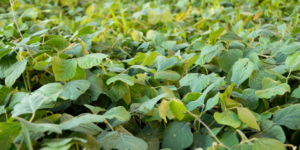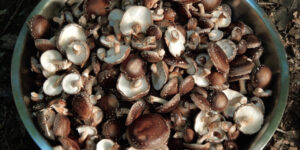Saving the Soil, Saving Ourselves
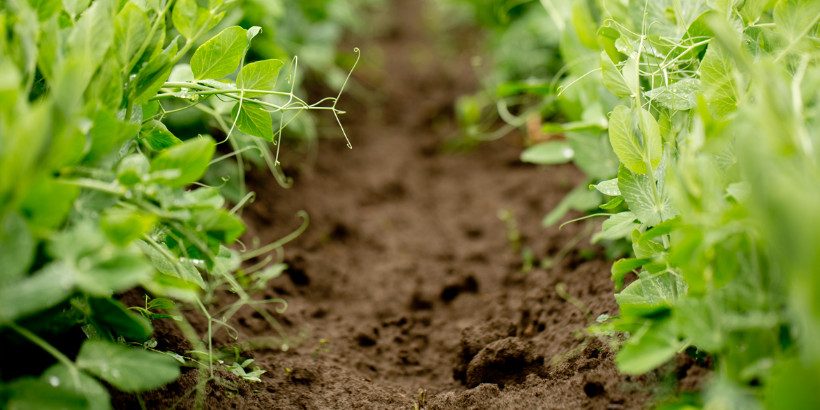
The soil undeniably sustains us, without it there would be no gardens, no farms, no livestock– nothing. As we continue to overuse and undernourish the soil, we are shorting both the earth and ourselves. These three books map out different approaches to revitalizing our soil through regenerative agriculture.
“In healthy, living soils covered with green plants for much of the year, the carbon supply for beneficial soil microbes can be nearly endless. I cannot emphasize this enough: This process is absolutely key! According to soil ecologist Dr. Christine Jones, the formation of fertile topsoil can be breathtakingly rapid once the biological dots have been joined. The sun’s energy, captured in photosynthesis and channeled from aboveground to below ground as liquid carbon, fuels the microbes that solubilize minerals. A portion of the newly released minerals enable rapid humification in deep layers of soil, while others are returned to plant leaves, facilitating an elevated rate of photosynthesis and increased production of plant sugars. This positive feedback loop makes soil-building somewhat akin to perpetual motion.” —Gabe Brown
Featured Excerpts:
The Importance of Planting Cover Crops
|
|
|---|
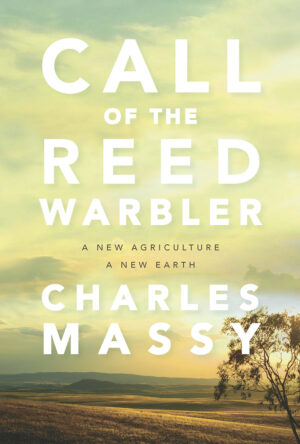 “Regenerative agriculture implies more than just sustain-ing something but rather an active rebuilding or regeneration of existing systems towards full health. It also implies an open-ended process of ongoing improvement and positive transformation. This can encompass the rebuilding or regeneration of soil itself and of biodiversity more widely; the reduction of toxins and pollutants; the recharging of aquifers; the production of healthier food, clean water and air; the replacement of external inputs; and the enhancement of social capital and ecological knowledge. In addition to improved physical and mental human health, what this aspect also entails is the promotion of vital, coherent rural cultures and the encouragement of values of stewardship, self-reliance, and humility.” —Charles Massy
“Regenerative agriculture implies more than just sustain-ing something but rather an active rebuilding or regeneration of existing systems towards full health. It also implies an open-ended process of ongoing improvement and positive transformation. This can encompass the rebuilding or regeneration of soil itself and of biodiversity more widely; the reduction of toxins and pollutants; the recharging of aquifers; the production of healthier food, clean water and air; the replacement of external inputs; and the enhancement of social capital and ecological knowledge. In addition to improved physical and mental human health, what this aspect also entails is the promotion of vital, coherent rural cultures and the encouragement of values of stewardship, self-reliance, and humility.” —Charles Massy
Featured Excerpts:
Emergence of the Mechanical Mind and Its Dire Implications
Agri-Culture: Source of a Healthy Culture, Society and Mother Earth
From the Group Up: A Call for Regenerative Agriculture
|
|
|---|
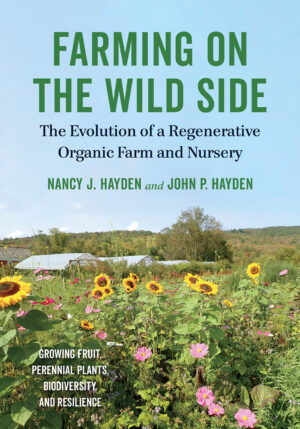 “At our farm, we want to be purveyors of life, not death, and promoters of biodiversity, not the sterility of the monoculture mind-set. The founding principle for organic has been to ‘feed the soil.’ While special interests and Big Food may have usurped the term ‘organic’ and are eroding its fundamental tenets, we will continue to march to the beat of ecological, regenerative, and biodiverse agriculture with special consideration for taking care of the living soil that we are a part of, and that is apart of us. Whether we’ve focused on raising vegetables, animals, or, as we do now, fruit, it’s always been about the soil.” —Nancy and John Hayden
“At our farm, we want to be purveyors of life, not death, and promoters of biodiversity, not the sterility of the monoculture mind-set. The founding principle for organic has been to ‘feed the soil.’ While special interests and Big Food may have usurped the term ‘organic’ and are eroding its fundamental tenets, we will continue to march to the beat of ecological, regenerative, and biodiverse agriculture with special consideration for taking care of the living soil that we are a part of, and that is apart of us. Whether we’ve focused on raising vegetables, animals, or, as we do now, fruit, it’s always been about the soil.” —Nancy and John Hayden
Featured Excerpts:
Rethinking Pests, Invasive Species, and Other Paradigms
|
|
|---|
Recommended Reads
Recent Articles
Want to see your crops thrive this upcoming growing season? The key is in soil fertility and health. Spend time maintaining your soil’s health to guarantee bigger and better crops come harvest time! The following is an excerpt from No-Till Intensive Vegetable Culture by Bryan O’Hara. It has been adapted for the web. What Is Soil Fertility?…
Read MoreMany know the effects of catnip on our feline friends, but few realize that catnip has medicinal effects for humans. From stomach aches to reducing fevers, catnip is a versatile herb with many benefits. The next time you grow this plant for your cat you may end up taking a few cuttings for yourself! The…
Read MoreIt’s time to take control of your seeds and become a plant breeder! Saving your seed allows you to grow and best traditional & regional varieties, and develop more of your own. The following excerpt is from Breed Your Own Vegetable Varieties by Carol Deppe. It has been adapted for the web. Becoming A Plant…
Read MoreTrying to figure out how to manage weeds in your garden beds? Use cover crops and living mulches for weed suppression while your garden flourishes! The following is an excerpt from The Ecological Farm by Helen Atthowe. It has been adapted for the web. Suppressing Weeds With Cover Crops: Getting Started Cover crops suppress weeds…
Read MoreInterested in becoming a mushroom farmer? Shiitake mushrooms are one of the easiest and most profitable places to start. The following is an excerpt from Farming the Woods by Steve Gabriel and Ken Mudge. It has been adapted for the web. (Photographs courtesy of Steve Gabriel and Ken Mudge unless otherwise noted.) The Stunning Shiitake…
Read More

